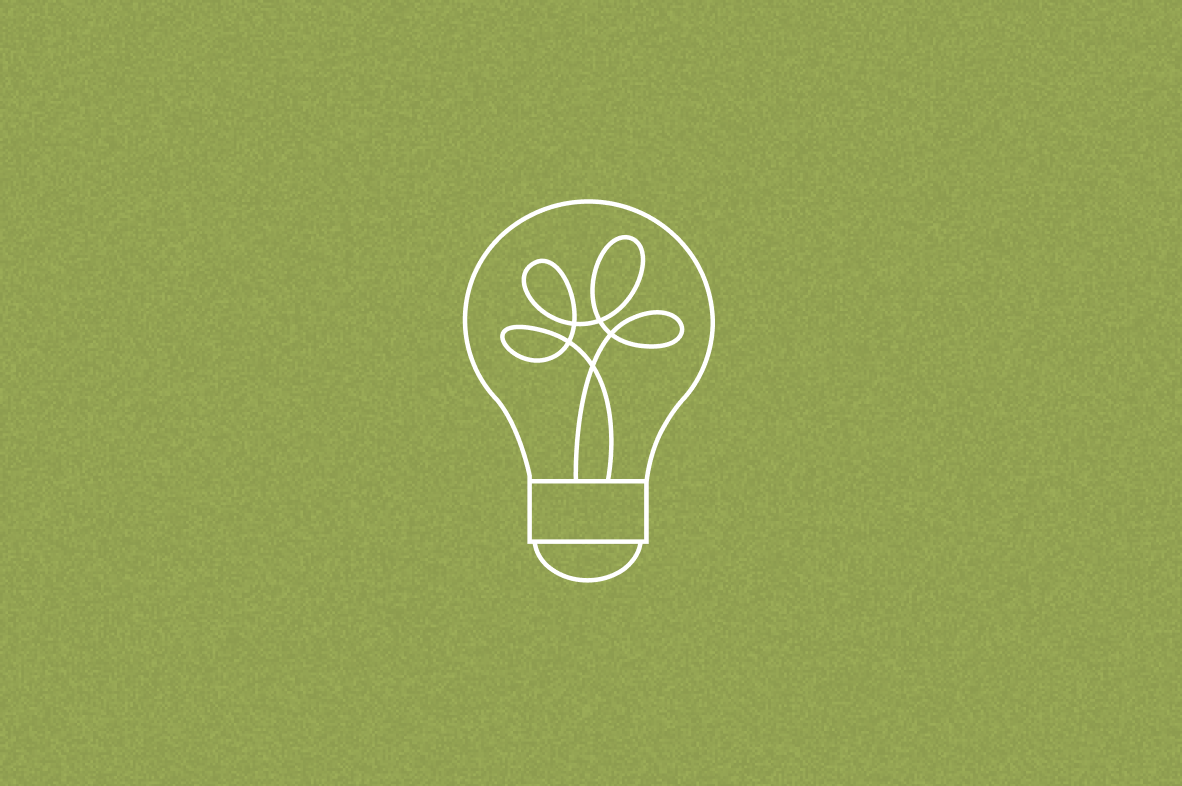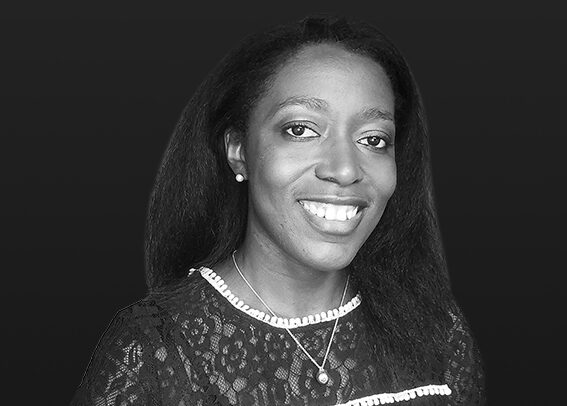Jamilla Okubo: The Art of Empowerment | Tory Burch Foundation
Jamilla Okubo: The Art of Empowerment
On her collaboration with the Tory Burch Foundation and the business of art.
45,870 Views
7 Likes
7 min read
Link copied to clipboard
We admire a woman with a clear vision and Jamilla Okubo’s is crystal clear: celebrating women in full color. Her vivid multimedia work uses original textiles, shape and pattern in a way that speaks to our Company’s sensibilities, making her the perfect artist to create custom works illustrating our new monthly newsletter series, TB: Touch Base.
Since her 2016 graduation from Parsons The New School of Design, the Washington, D.C.-based artist has stayed busy, exhibiting her work in New York, Toronto and London art galleries and even creating work for NASA’s headquarters. We spoke to Okubo via Zoom to talk about her inaugural piece for the newsletter, staying grounded during the pandemic and the business of art.
We’re so excited that you’re working with us. Can you share some of the inspiration behind your first piece for our newsletter series?
I wanted to think about the times that we’re living in and how women, especially women entrepreneurs, have been persevering. I’ve also been thinking about how, since the beginning of the pandemic, a lot of women have been leading movements of self-care, supporting one another and creating support systems through social media. I really wanted to highlight that with illustrations of women from different backgrounds and different places across the world. This [series] is a form of collaboration. It’s really cool to see my art being used as a tool for representing women all over the world.

How do your professional and personal values align with the values of the Tory Burch Foundation?
What the Foundation is creating for women entrepreneurs is really important. Entrepreneurial education, access to capital–these are all things that every entrepreneur needs as far as support and being able to thrive in a male-dominated space. You need community, you need support, you need access to resources, because you can’t really do it alone.
Another value that really aligned with mine is embracing ambition. Growing up, I always knew that I wanted to be an artist, but didn’t know what that journey looked like. And funnily enough, in high school, I actually met Tory Burch when I went to a women’s empowerment program. Speaking to her inspired me to pursue my career in fashion and art even more, because I was able to speak to someone who’s already been in that industry and went through all the things that probably most women will endure. Hearing her say, “I did it, and so can you” and give me advice gave me hope.
How have you built community during this past year?
This pandemic brought me closer to women artists that I grew up with. We created our own community, where we give each other feedback and have critique sessions. That’s been super helpful; I didn’t realize I needed this. It’s been so nice to just have other women artists to talk about anything with: our art, what our goals are, and where we’re trying to go with our work. We always share resources, like grants, scholarships, and other opportunities. So few women artists make it to a certain level, so it can be somewhat competitive, and you don’t know who’s willing to share resources with you or who’s willing to just brainstorm with you. I also build community through collaboration, and as an artist, I think that’s really important. Community is very helpful because so much time is spent in a studio alone, but meeting other people shifts my perspective and gives me new ideas.
How have you stayed creative during such an incredibly difficult time?
I was at home through the first few months of the pandemic last year, and it was really tough adjusting to just being there and using the space that I had to continue to create and be inspired. But it also was a time for me to really slow down, sit with myself and just kind of start from scratch. I was supposed to be creating artwork for my upcoming gallery show and I really had no inspiration, no ideas. But because I was forced to just be still, it gave me the opportunity to look for inspiration, do research, read a lot of books, watch a lot of films, listen to different music. In a sense, I’m actually really grateful for being able to work from home. It gave me time to just take everything in and start coming up with ideas so that when I went back into the studio, I was ready to work.
Essentially, as an artist, you are also a businessperson.
You tweeted about being nervous about applying for residencies and grants because you weren’t sure that the fine arts establishment would recognize your work. How are you dealing with that uncertainty?
For one, I have a lot of artist friends that I can talk to. I’ve been sharing with them how I feel about my place in the fine arts world and asking them for advice on how to navigate that. One of my close friends always tells me, “The worst anyone can say is no, and you’ll never know unless you ask or try.” I’m just going to believe in what I’ve created, submit, and learn from it, whether I get rejected or not. A lot of people look at rejection as a negative thing, but [it can help you learn] what you can improve on and how you can elevate your work.
You’ve collaborated with many notable brands–Marie Claire, Pyer Moss, NASA and more. What do you think about the relationship between fashion and art, and how can the fashion industry be more supportive of artists?
Seeing my work on in different dimensions inspired me and my process. It gave me the inspiration that I needed to further my creative practice, aside from just giving me a platform.
In general, design and art overlap. A lot of designers are inspired by artists and vice versa. But I think it would be really nice for designers to highlight those artists who they’re inspired by. I think collaborations are one of the ways that designers can really support artists, considering that they have such a huge platform. Even if they don’t do a large collaboration: just something that highlights them.
What has surprised you most about being in business for yourself as an artist?
I remember reading a book that talked about how a lot of artists don’t want to be businesspeople, they just want to make art. And it’s true. We don’t want to be bothered with emails, or reading and signing contracts. But essentially, as an artist, you are also a businessperson. So I’ve had to learn over time how to be an entrepreneur, and to see being an artist as a brand. [I had to learn how to] really manage my time. I was also surprised at how much work it takes being an artist: just the time spent working on my craft. Another thing is how much funding you need, and how it can be really difficult to get that once you’re outside of college.
What advice do you have for people who want to be full-time artists?
As hard as it sounds, try to create a set schedule and definitely don’t take on too much. Also, believe that your time will come; what’s for you is for you. And although it is good to experiment and try different things, it’s also good to go at a steady pace, so that you can create with quality.
Photography by Tyra Mitchell.
This interview has been edited for length and clarity.
Help an entrepreneur by upvoting


